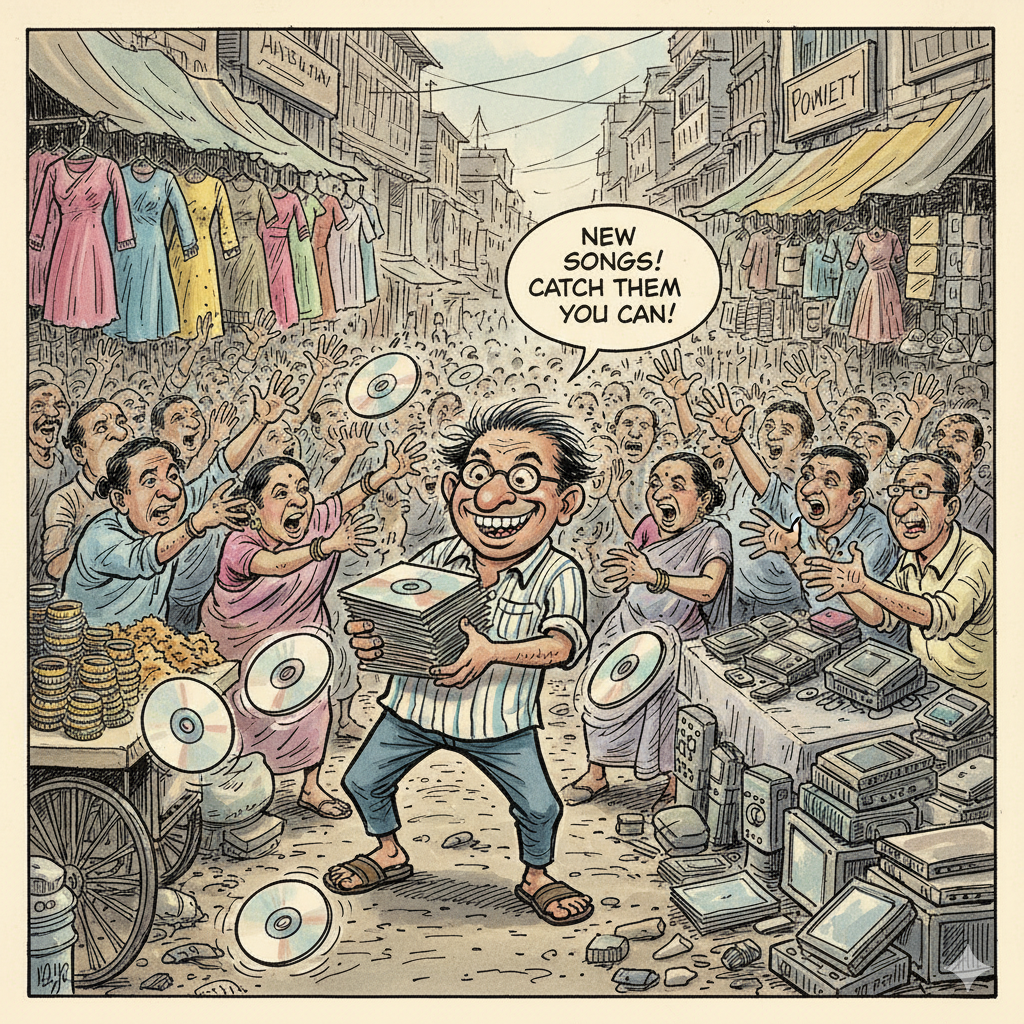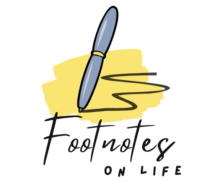
“We don’t have a music industry anymore. It is basically a tech industry where algorithms are using music to gather people’s preferences.”
Oof. Too accurate. Too simple. Too true.
It sums up this whole chaos we’re swimming in. The advent of AI creating music—and I still insist on calling it an art form, sometimes, somewhere—has effectively reduced ‘making music’ to generating code.
Don’t get me wrong, it’s not mundane code. I’ve dabbled with these online tools. You hum a rough tune into the mic, maybe a few bars, and the machine spits out a fully produced, instrumented song in seconds. Mind-blowing. The technical expertise? Zero. You don’t need a DAW, an instrument, or a singing voice. It’s the ultimate shortcut.
It’s like the machine is doing what humans used to do through trial and error—generating infinite versions, endlessly, but without the ego clashes.
The Algorithm’s Playlist
The change in listening is the scarier part.
Back in the day, your choice of song depended on your mood. You were the conductor. You’d pick the breakup Ghazal, the wedding dhamaal, the ‘friends on a road trip’ anthem.
Today? Your mood is being constantly tracked. An unseen algorithm is monitoring your preference data like a nosy neighbour and the “relevant songs” are being pushed to you. It’s not personal.
It’s personalized.
And that is a huge difference.
We used to create or listen based on deep, personal feeling. Now, we create and listen based on the current trend. Never did I think my choice in a heartbroken melody would be dictated by what millions of strangers, whose faces I’ve never seen, are feeling. It feels less like sharing a common human experience and more like being given the same food recipe on a massive global scale.
Fast Fashion Frequencies
The entire ecosystem is to blame. The music labels, the same ones who hold the rights to all those classic melodies we love, won’t let you use them freely. A copyright strike for a majority of us—the 95%—makes no difference to our lives, but it sure discourages us from touching those old songs.
Naturally, that pushes those timeless classics toward oblivion.
And the new songs? They are being generated, not composed. It’s a conscious choice of word. They don’t have a shelf life because they were never designed to. They are the Fast Fashion of frequencies: the Summer Collection, the Monsoon Collection, the Diwali Collection. They live and die in a 3-month cycle.
Attention spans are at record low, so nothing new sticks. The shortcut? Remixes. You skip the line. You borrow the familiarity, the nostalgia, the weight of the original composer’s soul, and jump straight into a million playlists. It’s a brilliant business move. A terrible artistic one.
The Loss of Quiet
Amidst all this clutter, this noise, the distinction between music and background file is almost lost. I genuinely don’t remember the last time I listened to a song, peacefully, going through the entire set of emotions it was meant to bring.
The old masters… their melodies were masterpieces, carefully curated. They were like a cuisine made out of sound frequencies, designed to stir one specific, powerful emotion in the human heart.
They say in ancient times, music maestros could sing a particular Raag and cause rain. Today? We just generate random audio files and throw them up into the digital sky, hoping one of them strikes a trending cloud.
And we call that a shower.
